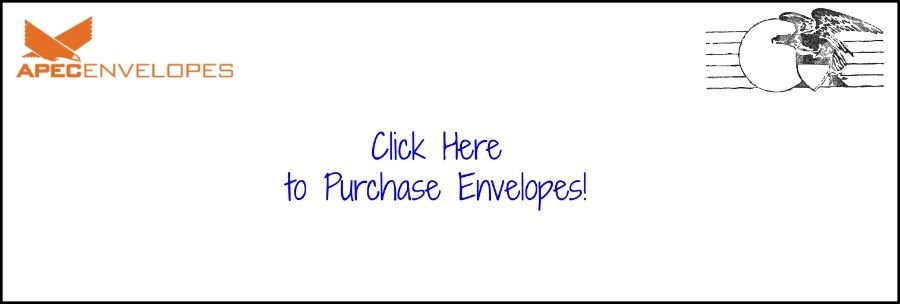5 Fun Ways to Re-Use Envelopes
You arrive
at the mailbox, open the door – and find another
stack of mail. Within seconds, you sort through the mail or throw it into a
stack to review later. Either way, there’s no shortage of used envelopes around
your house. Fortunately, there’s something you can do with these envelopes that
won’t cause waste and saves you money.
From
storing your spices to home improvement supply tips, we’ve shared five fun ways
to reuse your envelopes.
Convert them into funnels. Have you ever tried to transfer bulk
spices into small containers? If so, you know the importance of a funnel. But
what if you can’t find your funnel? The answer is simple: use envelopes. Cut the
envelope in half diagonally and cut off the corner of each half.
Solve the “curly sandpaper” problem.
Sandpaper has a way
of curling into tiny tubes, despite your best efforts to keep it flat. Solve
this problem by storing sandpaper in your old cardboard mailing envelopes.
Create damage-free bookmarks. Little creases in the pages are convenient
for bookmarking, but truth be told, they damage your pages. Solve this problem
by cutting old envelopes into bookmarks. Create a fun craft for children by
allowing them to color or paint the bookmarks.
Design file folders. The next time you receive a cardboard
envelope, start a pile. Then, when you run out of file folders, you can conveniently
pull the folder from the stack, turn it inside out and cut off the top. Now,
you have a clean file folder ready to use.
Recycle old receipts
faster. Shredding
piles of old receipts is time consuming and boring. Make this task faster by
piling them into an old envelope, and shredding the whole thing at once. This
is fast, easy, and saves time AND your sanity!
Do you have
creative uses for old envelopes? If so, please share by leaving a comment below.
Also, have
you signed up for our blog yet? Simply click here and you’ll receive fresh new ideas,
conveniently delivered to your inbox!
